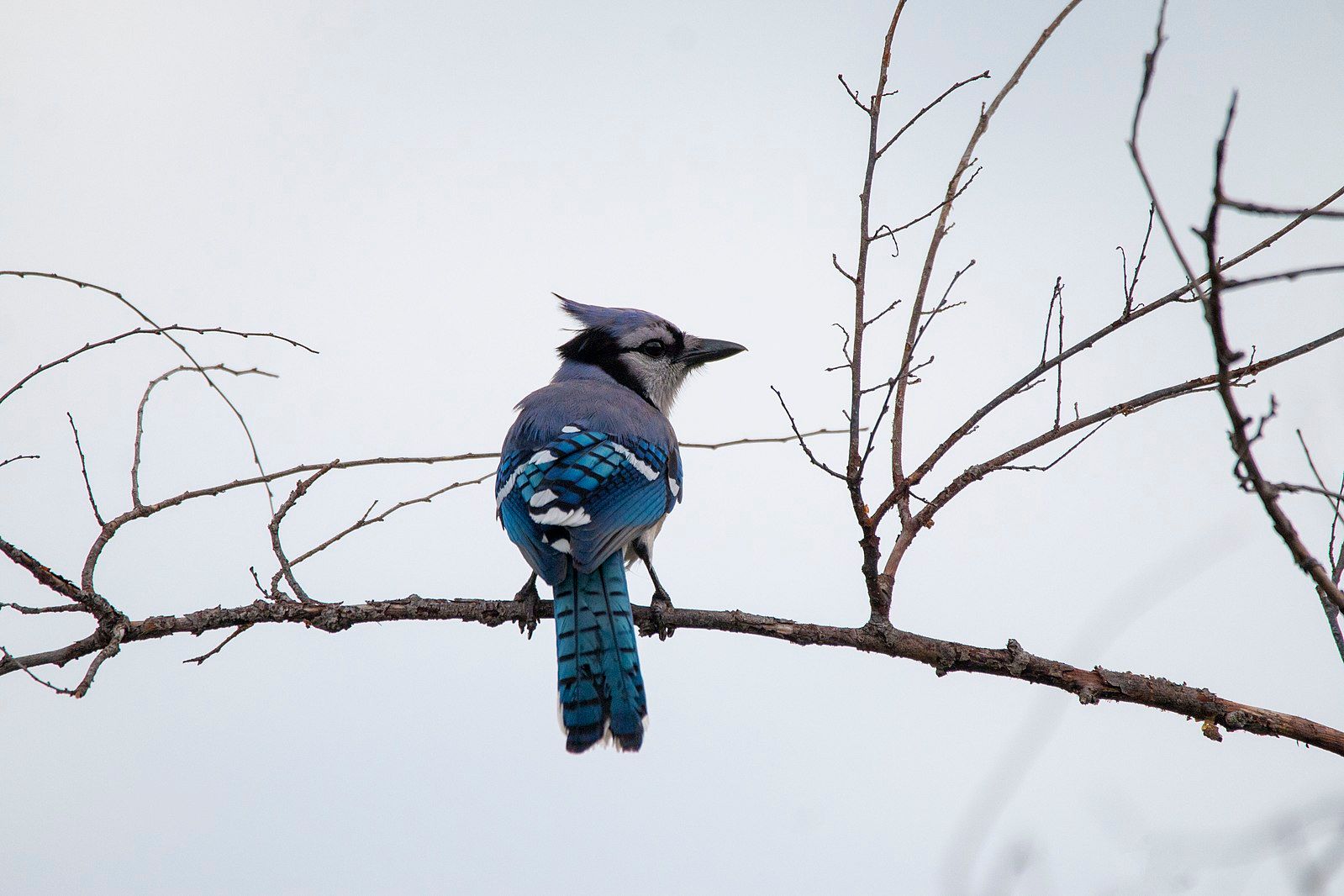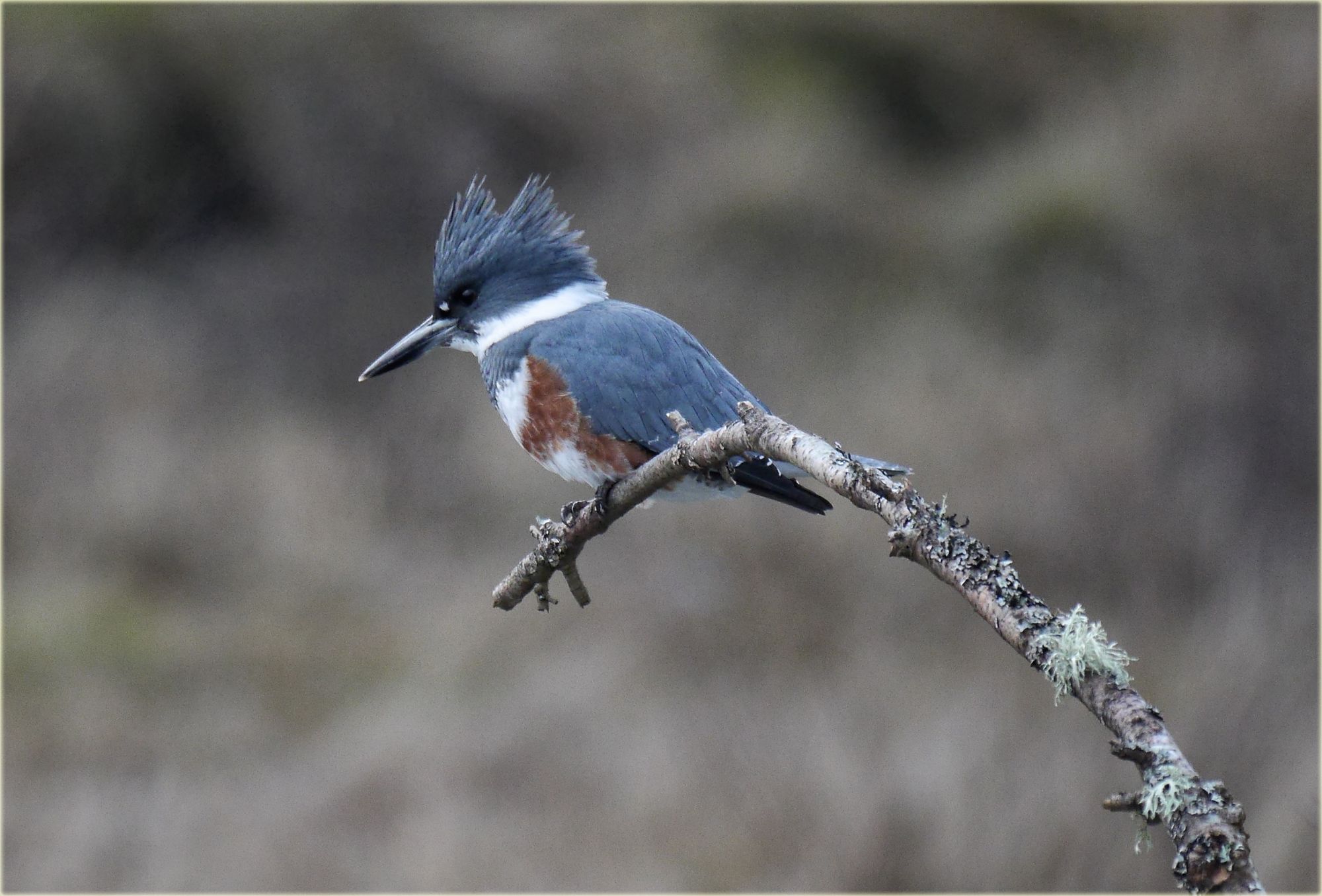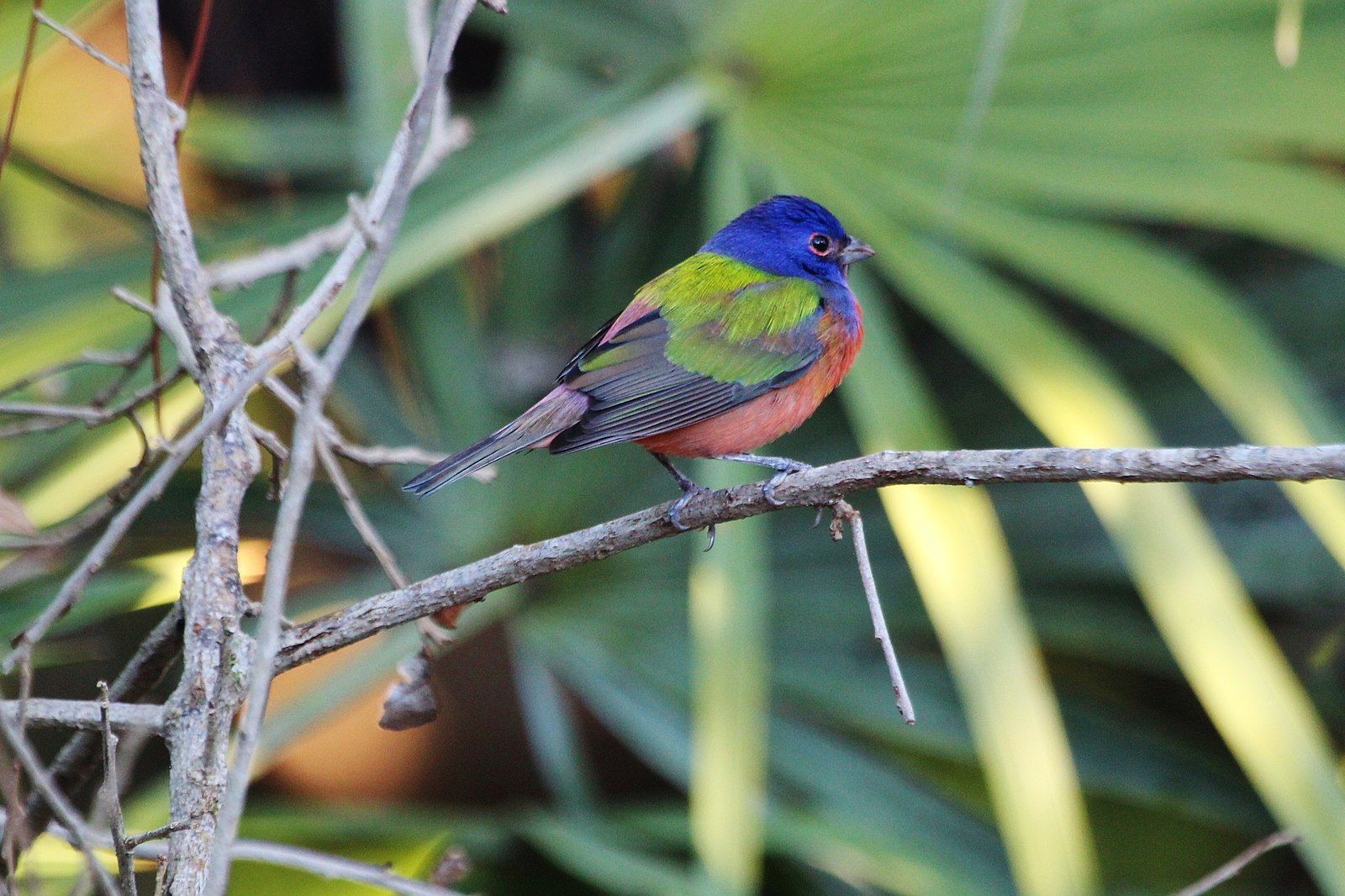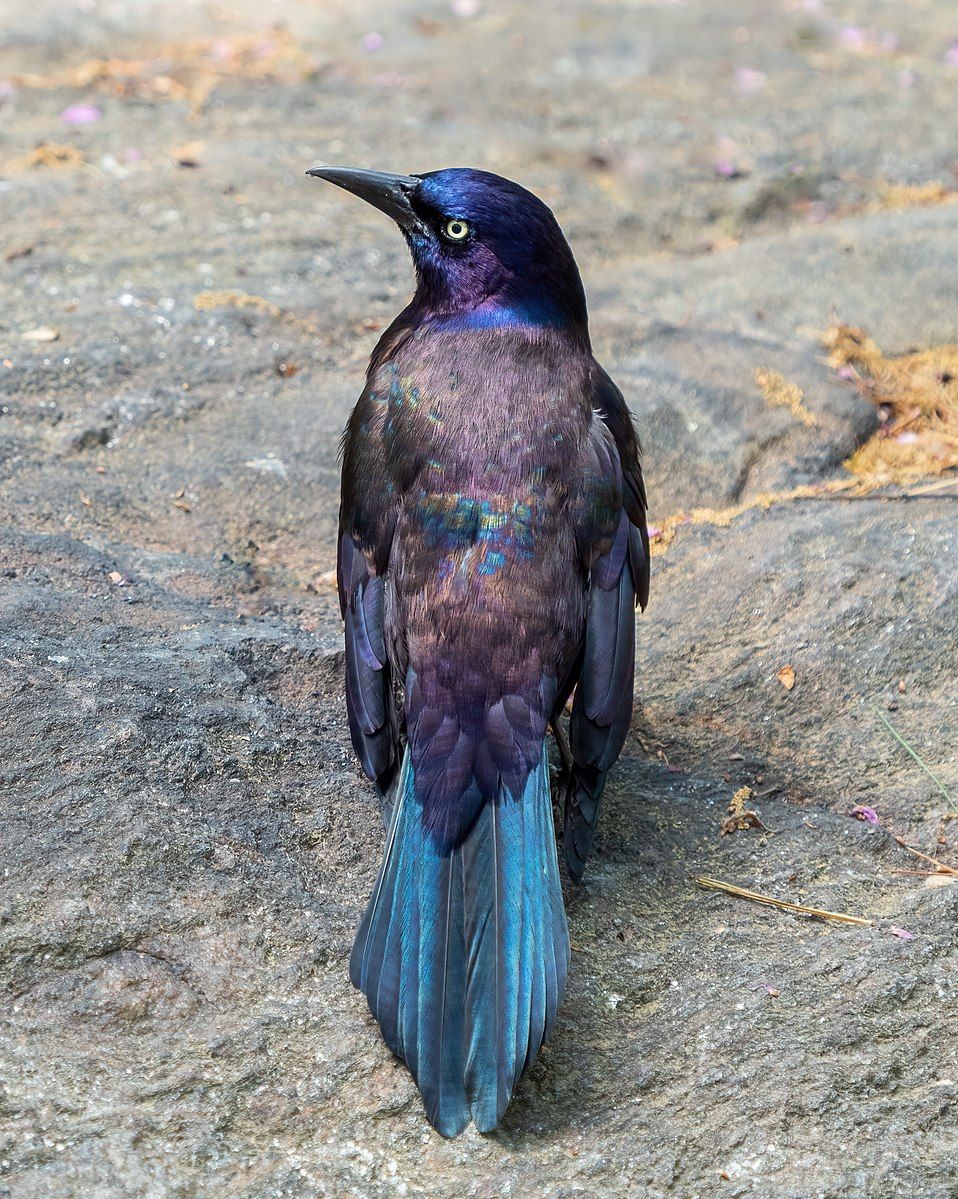
We have a lot of blue colors here in Florida. The water and the sky are ubiquitous, of course, but some of the most striking examples are among our birds. This includes such regulars as the great blue heron, Ardea herodias, and the blue jay, Cyanocitta cristata. We also have the belted kingfisher, Megaceryle alcyon, and the male painted bunting, Passerina ciris.

The fascinating thing is that, at least in birds, the vast majority of blue (and also green) coloration are not actual pigments, but instead structural coloration. This mostly comes in two forms: microstructures and iridescence. Both of these phenomena occur because of the nature of light. Light is both a particle (known as a photon) and a wave. For standard pigments, they absorb certain wavelengths and reflect others. These wavelengths interact with the cells in our eyes and are interpreted by our brains in what we understand as ‘color’.

For microstructure coloration, the microscopic arrangement of the feathers alters the wavelengths light as it reflects off of them. This means that perceiving that blue color is dependent on proper lighting conditions. When it is cloudy or dark, these feathers will either look gray or take on their underlying pigment instead (certain birds, like peacocks, have both structural coloration and actual pigments in their brightly colored feathers).

Iridescence is similar, but takes advantage of the effect of thin films on reflected light. You likely see this kind of coloration every day in soap bubbles, which have the same kinds thin film structures as seen in some beetle wings and mollusk shells (in the latter, this is called nacre, also known as mother of pearl). For birds, one of the most common iridescent species in Florida is the common grackle, Quiscalus quiscula, as pictured above. Because the structure is layered, the reflected light from the top layer ends up being out of phase with that of the bottom layer. Depending on the angle of light and vantage point of the observer, these wavelength differences can create different colors. This is why the colors seem to change as the iridescent object moves.
What Can You Do?
What are some ways to appreciate these different colorations?
- Pay attention to animals and plants as the light conditions change. Look for shifts in appearance as creatures move.
- For iridescent organisms, even just tilting your head a bit to one side can change which colors you are able to see. Get in the habit observing from multiple angles.
- Interesting things can come in small packages. All of the birds pictured above are relatively diminutive, so be sharp and don’t just focus on the big flashy species.